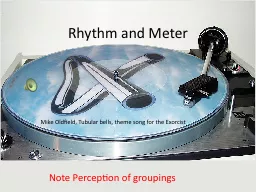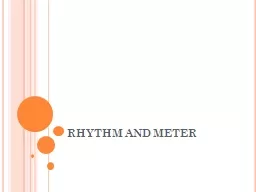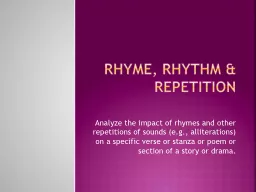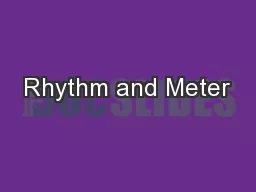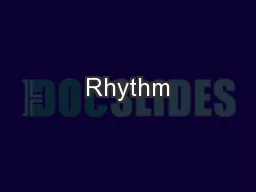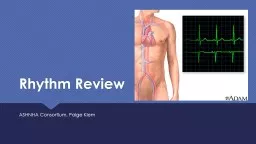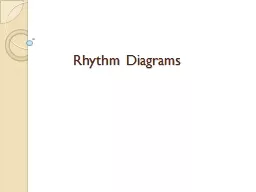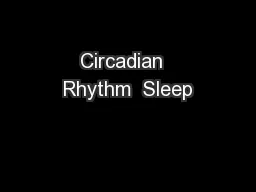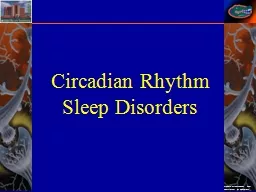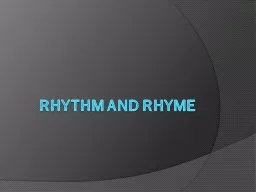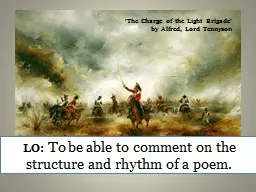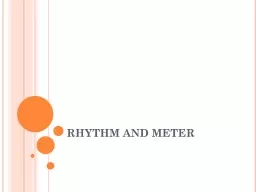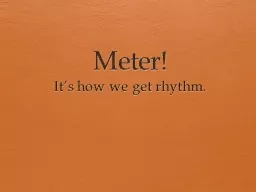PPT-Rhythm and Meter
Author : cheryl-pisano | Published Date : 2015-10-25
Note Perception of groupings Mike Oldfield Tubular bells theme song for the Exorcist Beat Beat underlying even pulse common in many types of music Range typical
Presentation Embed Code
Download Presentation
Download Presentation The PPT/PDF document "Rhythm and Meter" is the property of its rightful owner. Permission is granted to download and print the materials on this website for personal, non-commercial use only, and to display it on your personal computer provided you do not modify the materials and that you retain all copyright notices contained in the materials. By downloading content from our website, you accept the terms of this agreement.
Rhythm and Meter: Transcript
Download Rules Of Document
"Rhythm and Meter"The content belongs to its owner. You may download and print it for personal use, without modification, and keep all copyright notices. By downloading, you agree to these terms.
Related Documents

